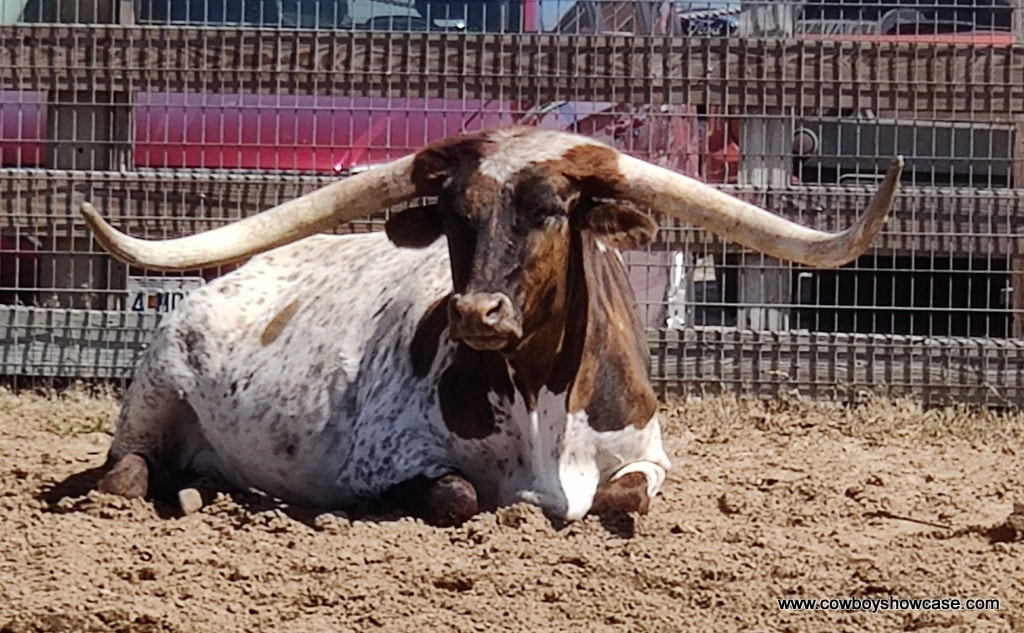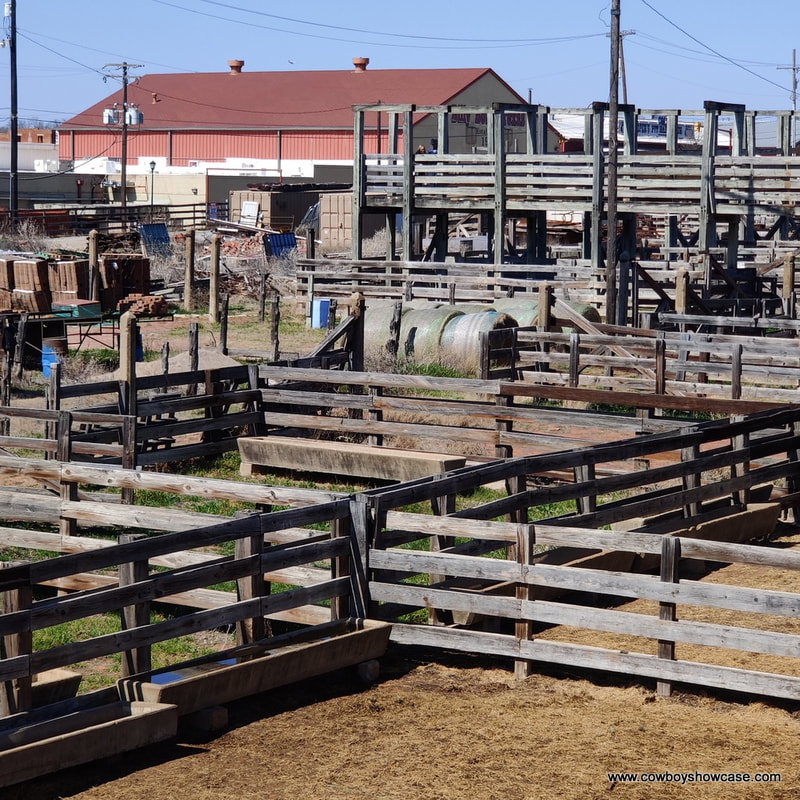Fort Worth Stock Yards
Fort Worth, Texas
|
Between 1866 and 1890, drovers trailed more than four million head of cattle through Fort Worth and the city soon became known as “Cowtown.”
When the railroad arrived in 1876, Fort Worth became a major shipping point for livestock, so the city built the Union Stockyards. Producers soon realized that instead of shipping the cattle off to other markets to be processed, they would be much better off building meat packing plants nearby so they could keep the business in the city. The investors began working to attract major packers to Fort Worth, and by about 1900, they had persuaded both Armour & Co. and Swift & Co. to build processing plants near the Stockyards. The grand coliseum, now known as the Cowtown Coliseum was built in 1907. The Coliseum became the home of the first indoor rodeo. In 1917, at the height of World War I, the Fort Worth Stockyards was the largest horse and mule market in the world. Military officers came from Allied countries to purchase animals for the war effort. After the war, the advent of the automobile decreased the need for horses and mules for transportation. According to Wikipedia, “during World War II, the Fort Worth Stockyards processed 5,277,496 head of livestock, making 1944 the peak year of the entire operation. However the Stockyards soon began to decline along with the decline of the railroads. After World War II, newly paved roads gave rise to the trucking industry, with lower costs and greater flexibility than the railroads. This meant the market moved to the shipper instead of the meat packer, and smaller local livestock auctions and feedlots started drawing business away from central locations like the Stockyards. It was a whole new way to market livestock, as auctions at the Stockyards shrank and all the major packers in the United States struggled to adapt. Both Armour and Swift had huge, outdated plants that now contended with risings costs, wages and administrative expenses. Armour was the first to close his Fort Worth plant in 1962; Swift hung on until 1971. “ In 1989, the North Fort Worth Historical Society opened the Stockyards Museum in the historic Exchange Building. Today, the area hosts thousands of visitors from all over the world to see this and many other historical and visitor- worthy sites and events. One such attraction is the Stockyards hosting the world’s only twice-daily cattle drive. |
|












